Navigating key technology rules helps streamline your air travel experience safely and efficiently.
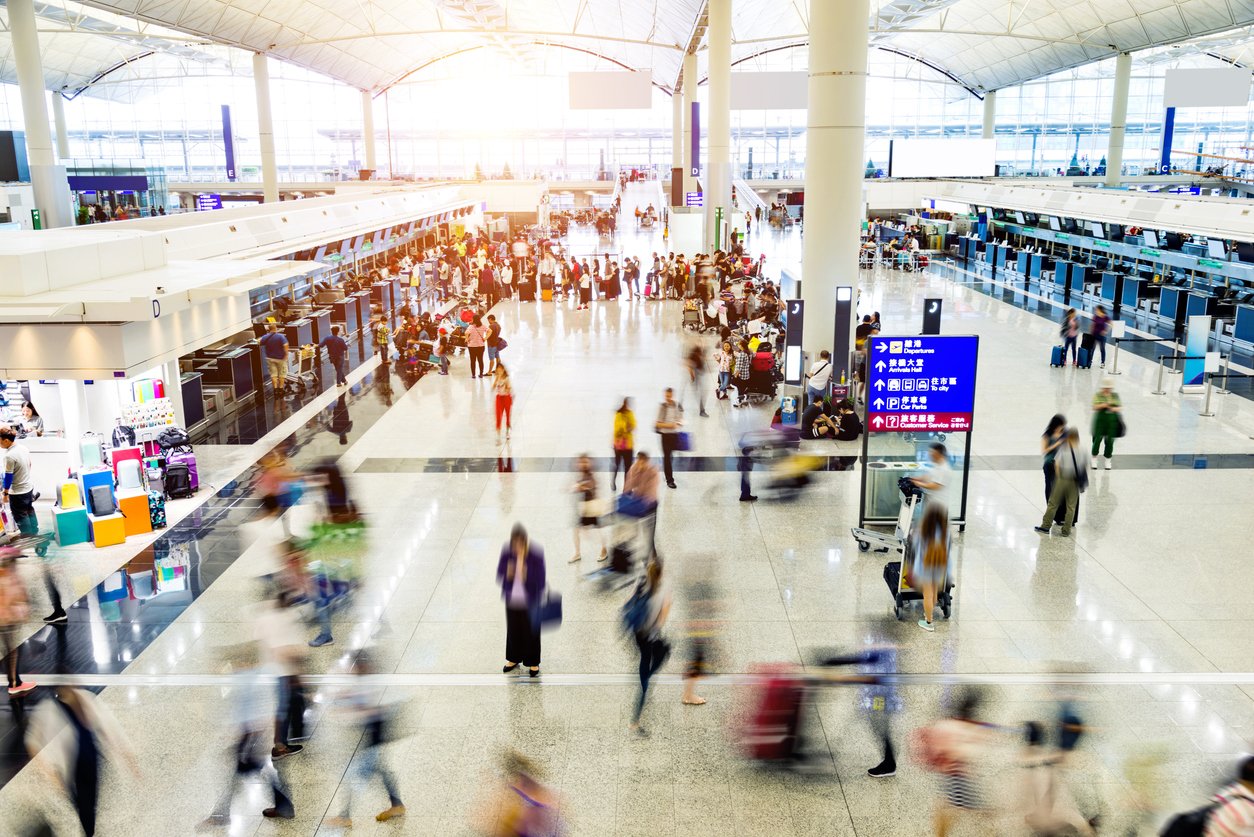
Understanding the technology regulations that affect air travel is essential for a smooth journey. From managing electronic devices during security checks to following airline policies on Wi-Fi and in-flight entertainment, these rules are designed to ensure passenger safety and convenience. Staying informed about mobile boarding passes, digital IDs, and device usage guidelines can prevent delays and reduce stress at airports and onboard flights.
1. Always keep your devices fully charged before arriving at the airport.
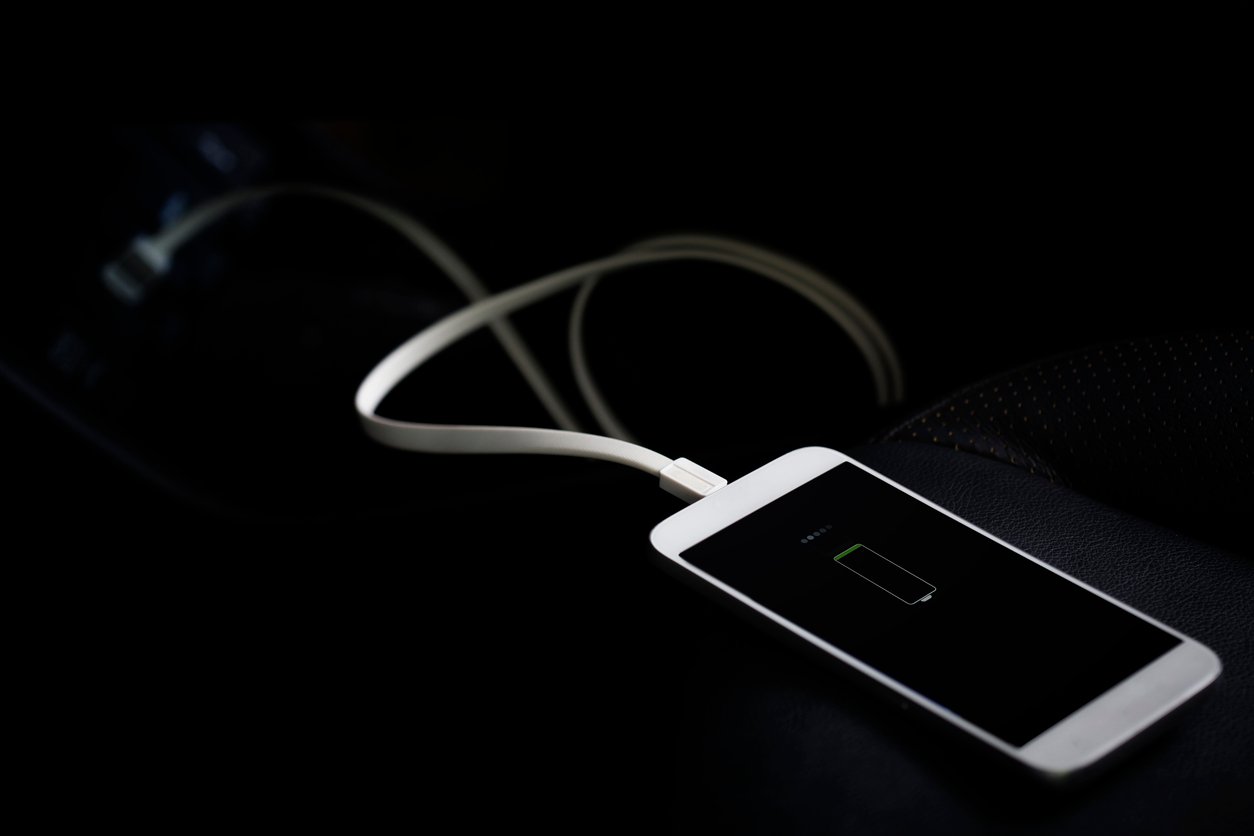
Carrying devices with a full charge ensures you can access boarding passes or entertainment without interruptions. Checking flight details while waiting is easy when your smartphone is prepared for use. Devices stand reliable when kept charged, allowing continuous use throughout the journey.
Airport terminals often have limited charging stations, creating a mad rush among travelers. Ensuring devices are ready before arriving prevents searching desperately for an empty USB port amidst bustling crowds. Balanced preparation means longer-lasting productivity or entertainment during layovers, reducing stress from low battery warnings, as shared by wikiHow.
2. Download boarding passes to your phone to avoid paper clutter.
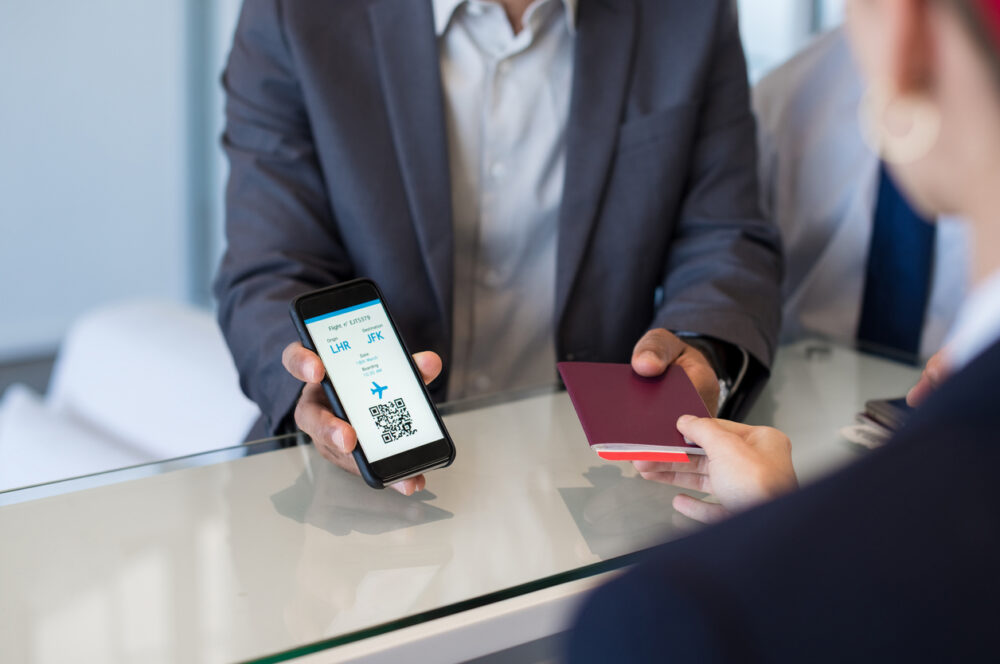
Going digital with boarding passes cuts unnecessary clutter and streamlines check-ins. Digital passes on secure, familiar devices provide quick, efficient access and less fumbling in line. A modern travel essential, they serve as a baseline convenience in today’s connected airport environments.
If phone service falters, having advance downloads of boarding passes can be a trip-saver. Terminal internet might not always be reliable. Flight connections become less stressful with everything stored digitally, according to Lonely Planet. This simple digital foresight could save crucial moments, ensuring on-time boarding with minimal fuss.
3. Turn off airplane mode only when instructed by airline staff.
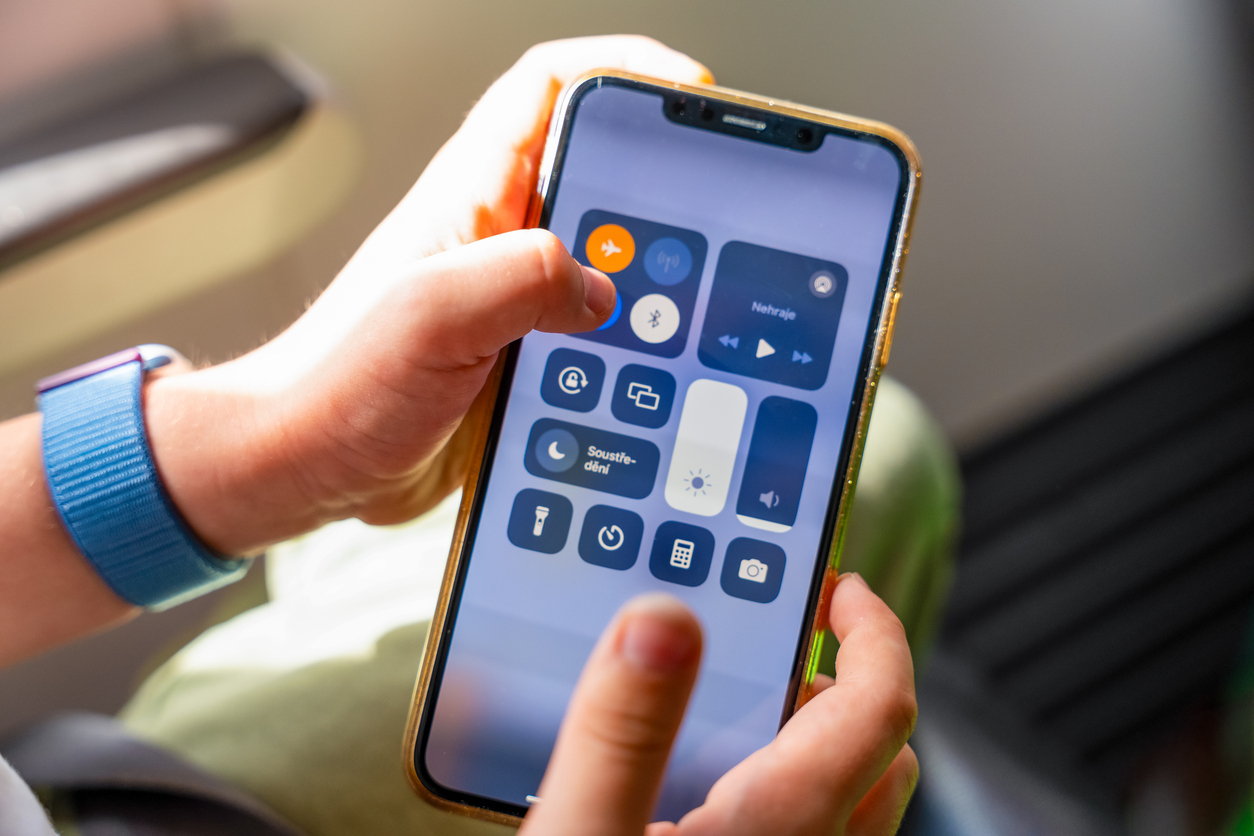
Keeping airplane mode engaged remains a core airline expectation until staff directives change. Device interference poses real risks to navigational systems and communication. Thus, strict adherence ensures safety for all onboard even as overhead cabins buzz with slight anticipation during flight announcements.
When cabin crew give the green light, communication resumes safely without jeopardizing crucial systems. Responsible engagement with device settings not only protects flight safety but also keeps passengers aligned with worldwide aviation standards. A seamless journey rests heavily on following orderly protocols, as stated by Travel + Leisure.
4. Use noise-cancelling headphones to improve your in-flight audio experience.
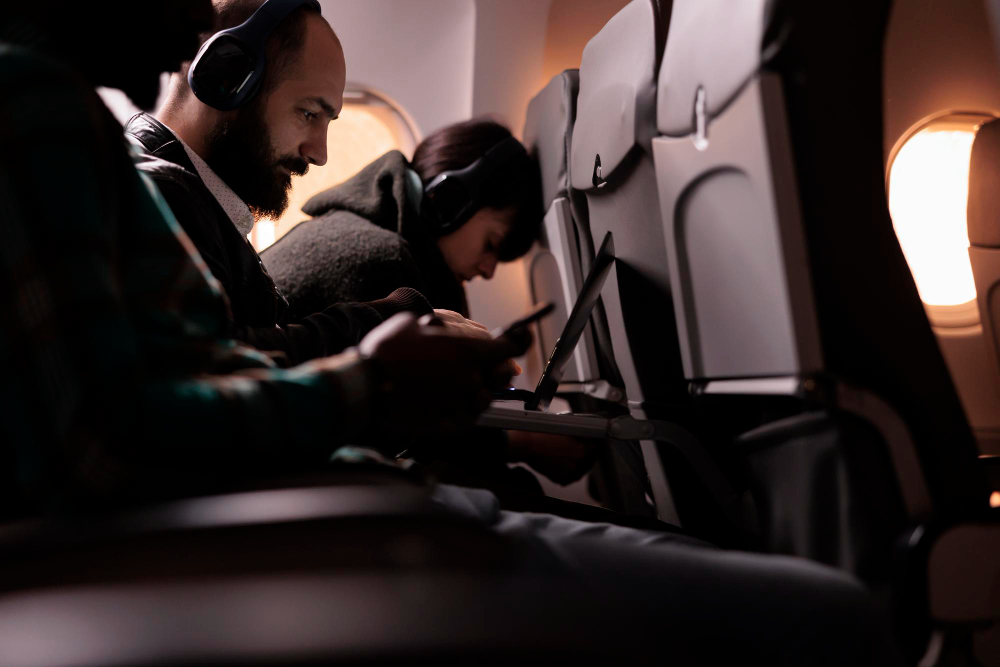
Noise-cancelling headphones help drown out ambient humming, transforming the in-flight experience. Nested within cozy seats, they create a sound cocoon, turning any audio into an immersive concert hall offering. Music and movies reach clearer heights, the journey turns a sensory delight.
Amidst bustling conversations and engine roars, quality headphones bring solace. Freelancers focus better, tired minds relax quicker, and flights gleam marvelously. Immersive tools onboard elevate sound experiences to personal theaters, offering a slice of tranquility at 30,000 feet, transcending mundane travel noise.
5. Avoid streaming high-data content during flight to preserve bandwidth for others.
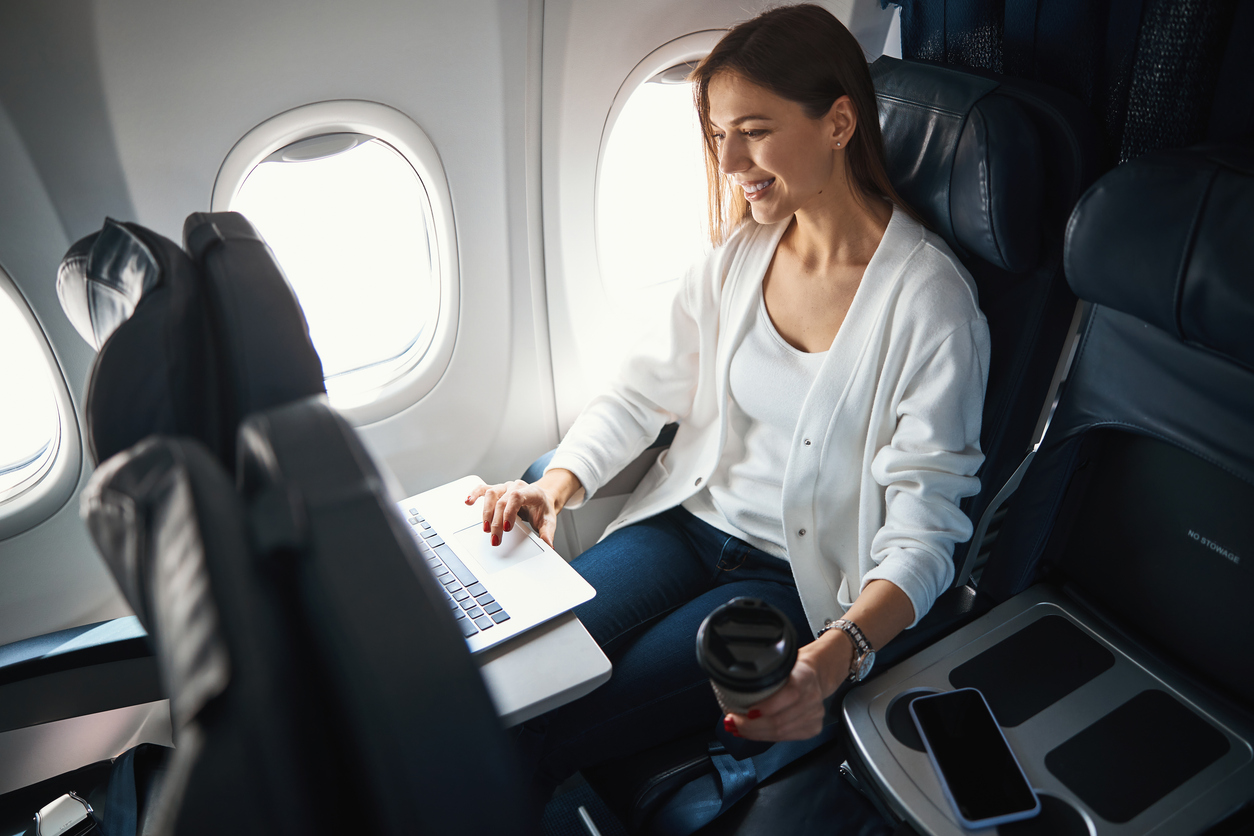
Data-heavy streaming monopolizes limited flight bandwidth, potentially affecting every flier onboard. Under-sea cables can’t replenish this meager pool, leaving entertainment options somewhat constrained. Conscious consumption aligns with shared flying experiences, including those peppered over vast skies and miles of ocean.
Allocating bandwidth fairly means prioritizing low-data activities like reading articles. This cooperative mindset accommodates basic scrolling or messaging needs. Group responsibility enhances everyone’s connectivity chance, preventing singular overuse while maintaining a balanced web presence at cruising altitudes.
6. Keep devices in carry-on bags during security checks for quicker scanning.
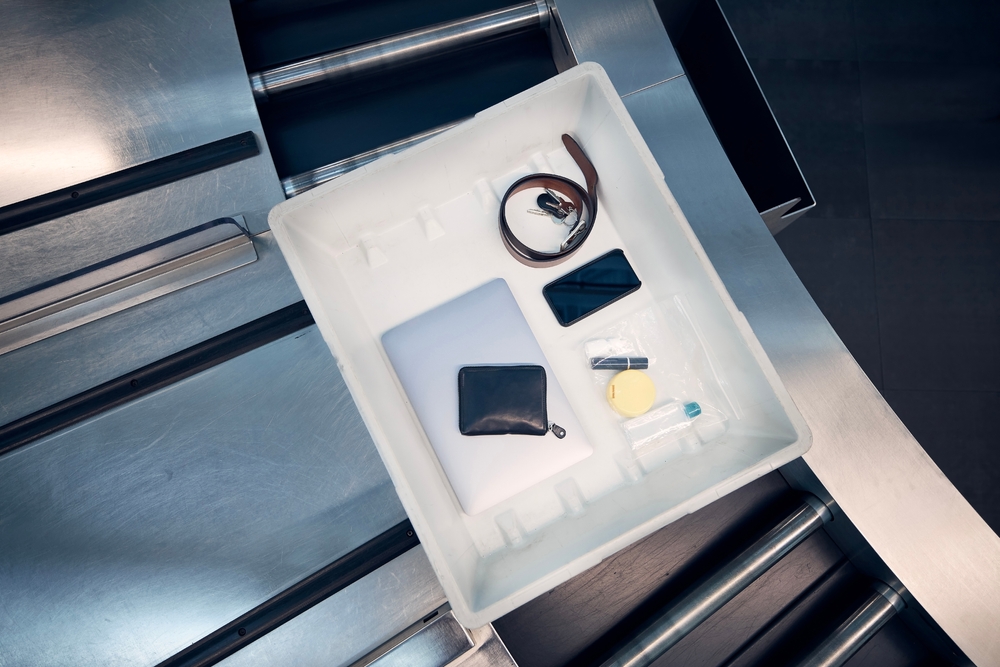
Security lanes at airports thrive on swift passage sans gadget extraction. Placing electronics in carry-ons simplifies conveyor belt journeys, granting officers a speedy glimpse. Streamlined processes reduce bottlenecks, ensuring pace and peace at once.
Some airports still require separating high-tech items for scanning. Understanding specific procedures helps align expectations, cutting surprise delays. Recognizable efficiency emerges from prepared travelers, bottlenecks diminish gracefully. Precaution yields smoother transitions, enhancing orderly flow amongst bustling terminals.
7. Regularly update your travel apps before every trip for smooth functionality.
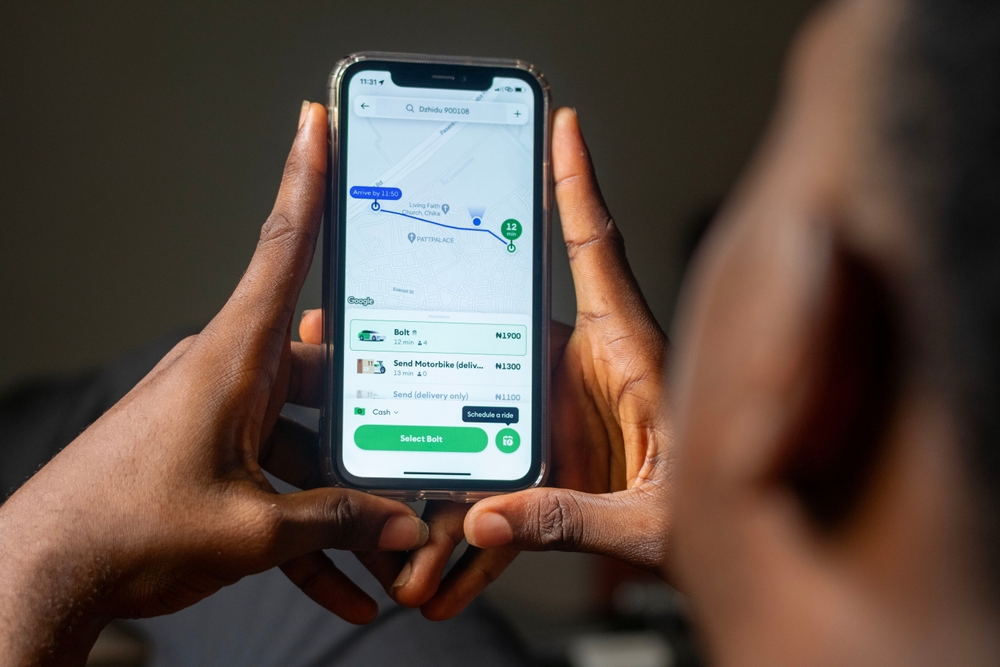
Travel apps often house vital updates and trip-specific alerts, fortifying itinerary details against hiccups. Datagram refreshes allow smooth shifts as tech evolves rapidly; meteorological forecasts or gate changes arrive in real time. Functionality at its finest, these apps ensure informed, agile travel.
Flights and flight paths carry potential for altered codes. Frequent app updates reveal regional travel specifics and operational notes, fortifying home base routines. Preserving app functionality preserves structural simplicity, rendering dynamic flight adjustments far less daunting upon discovery.
8. Limit use of electronic devices during takeoff and landing as required.
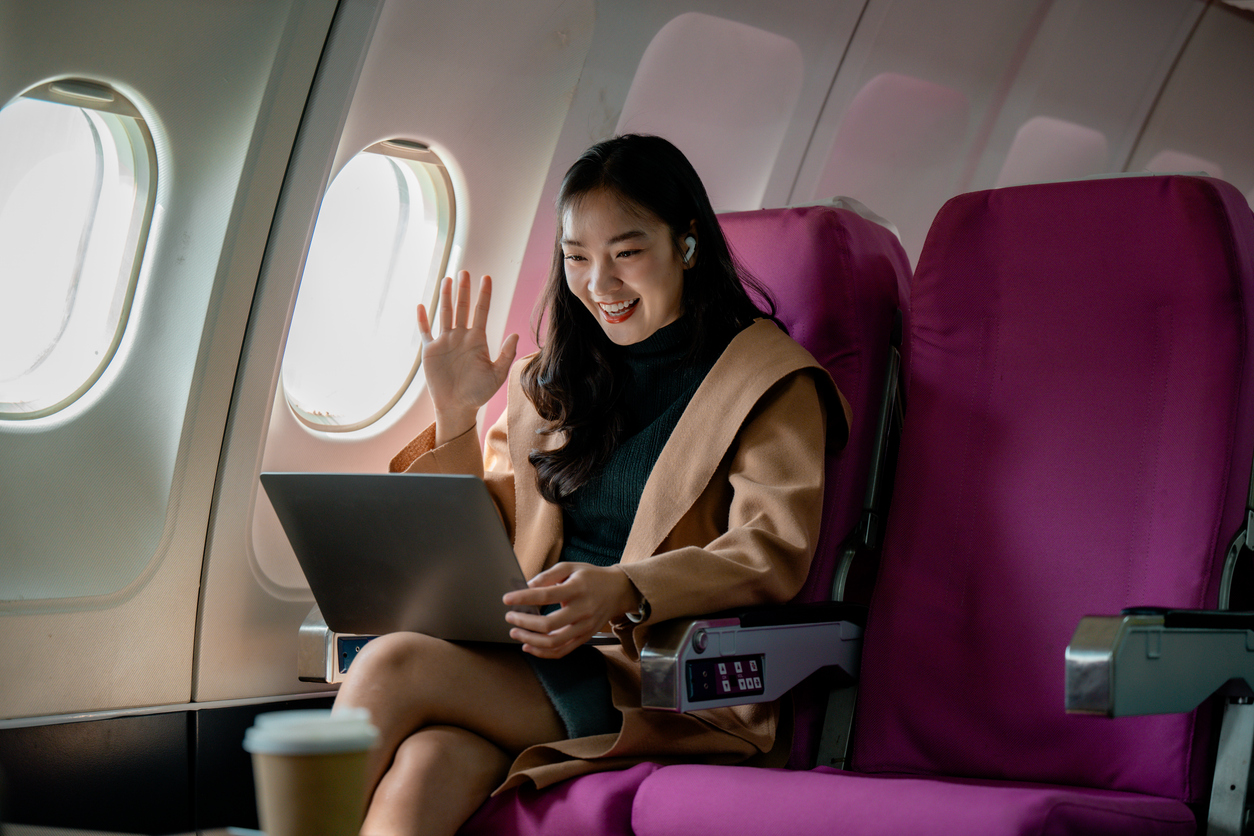
Device usage remains bound by rhythm and rules during takes off and landing. Restricted use limits risks, maintaining smooth navigational systems. Instances of interference necessitate caution, affirming shared safety nets en route. These intervals safeguard technical flight sequences seamlessly.
Gentle atmospheric ascents and descents are pivotal phases. Within these, stringent guidelines fortify skyway journeys. Passengers grounding resolutions will aid this harmonious orchestration, respecting established safety metrics. Subtle compliance sustains orderly operation across expansive skies, foreseeing calmer, more systematic travel avenues.
9. Use airline Wi-Fi selectively to manage costs and connectivity needs.
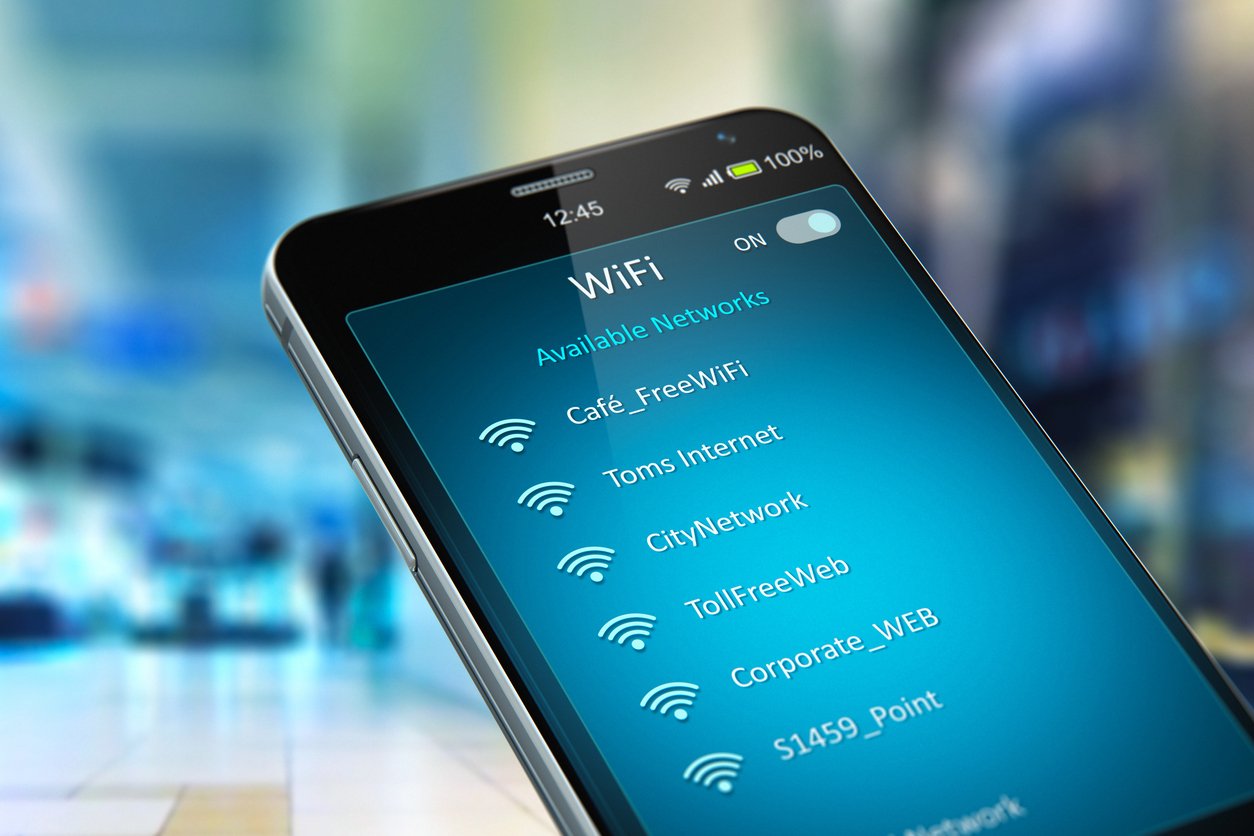
Inflight Wi-Fi caters to varied connectivity needs, often requiring measured engagement due to cost structures and signal limits. Shifty aerial signals can disrupt crucial browsing, complicating heavy reliance. Thus, evaluated decisions channeling select online activities emerge central to preserving valued bandwidth.
Throughout varying altitudes, bandwidth remains a premium commodity. Travel remains challenging when playlists stall or video calls fail. Passengers, discerning about essential versus luxury browsing, find practical workarounds in streamlined habits. Essential tasks triumph over entertainment, amplifying success against digital deficits and connectivity gaps.
